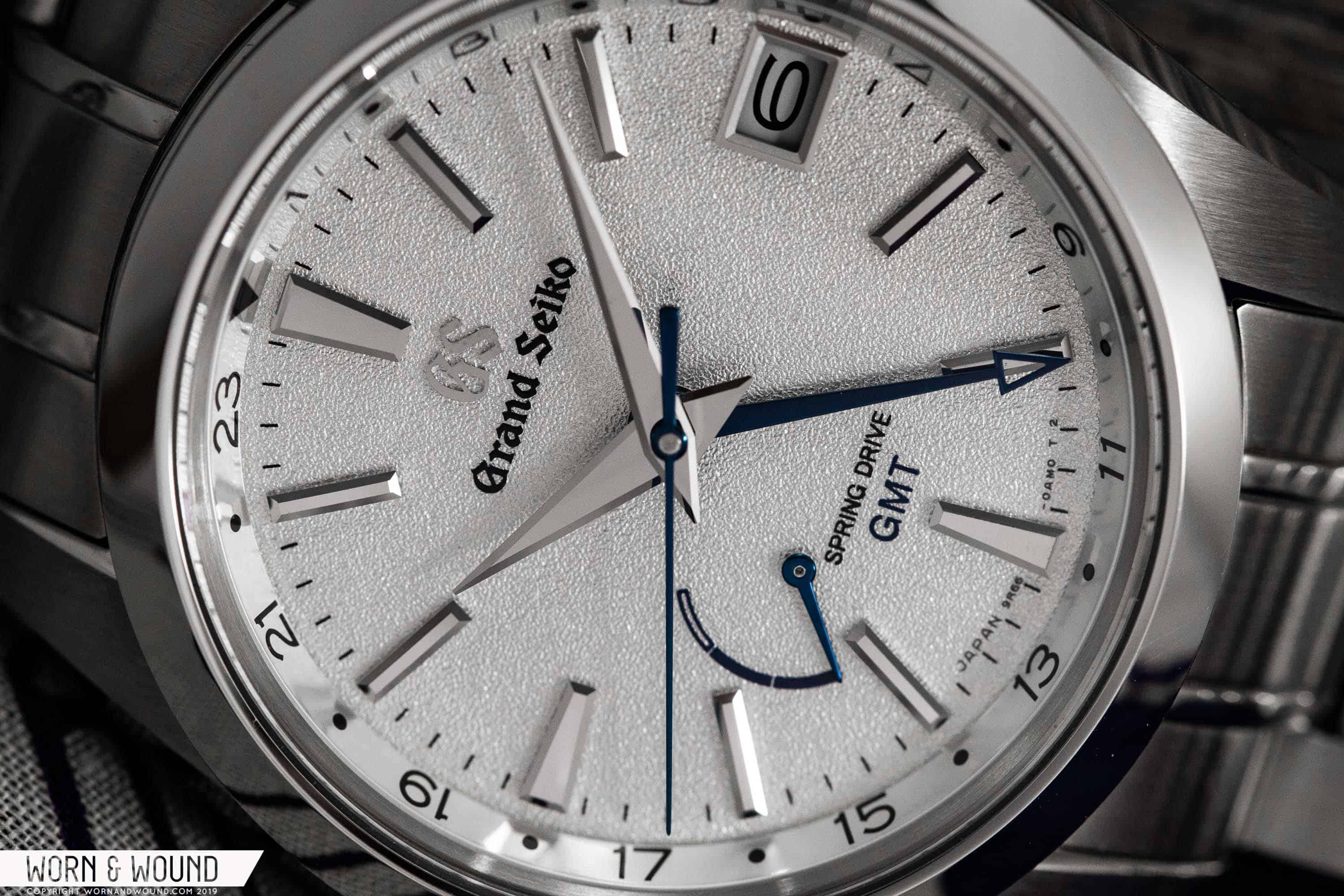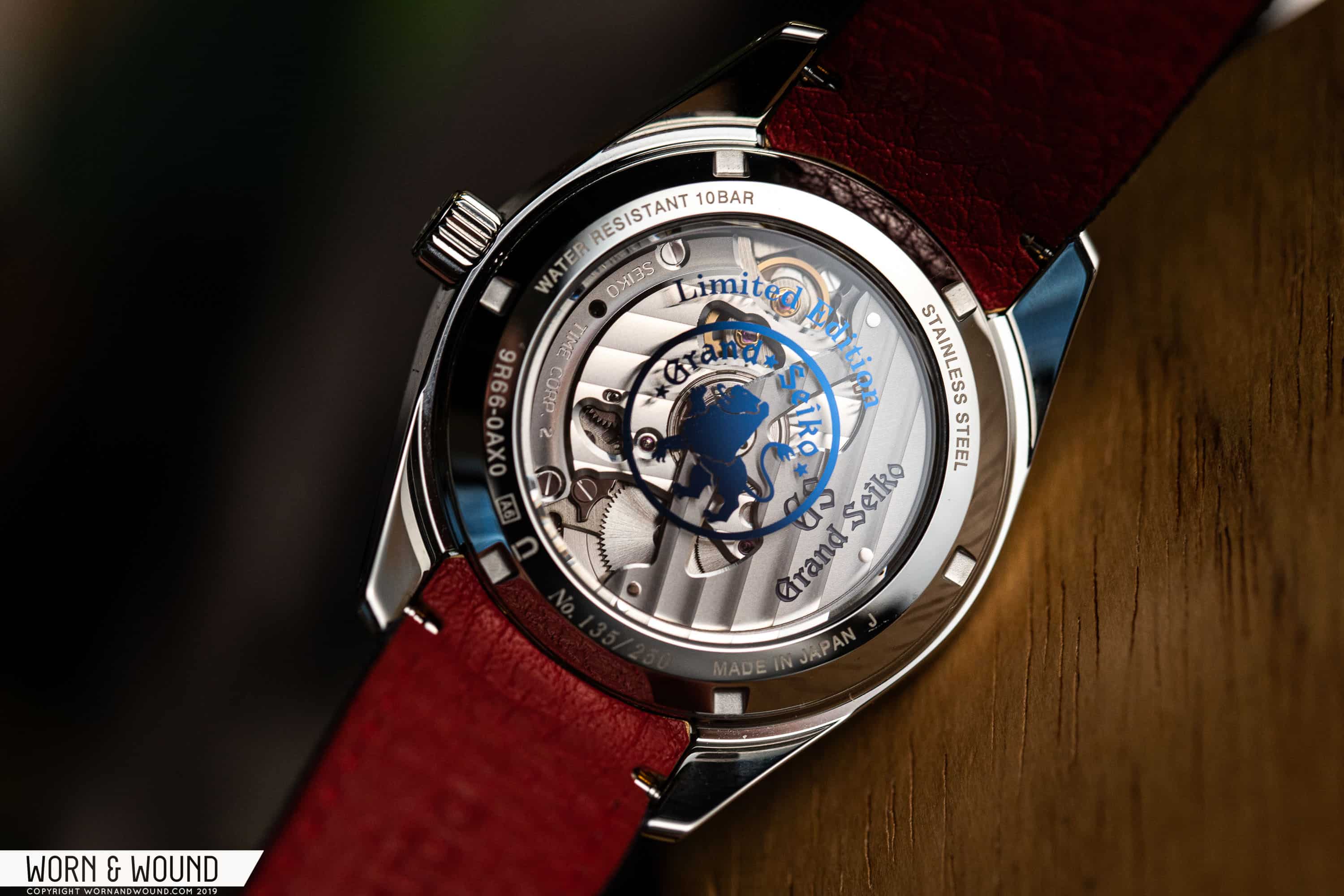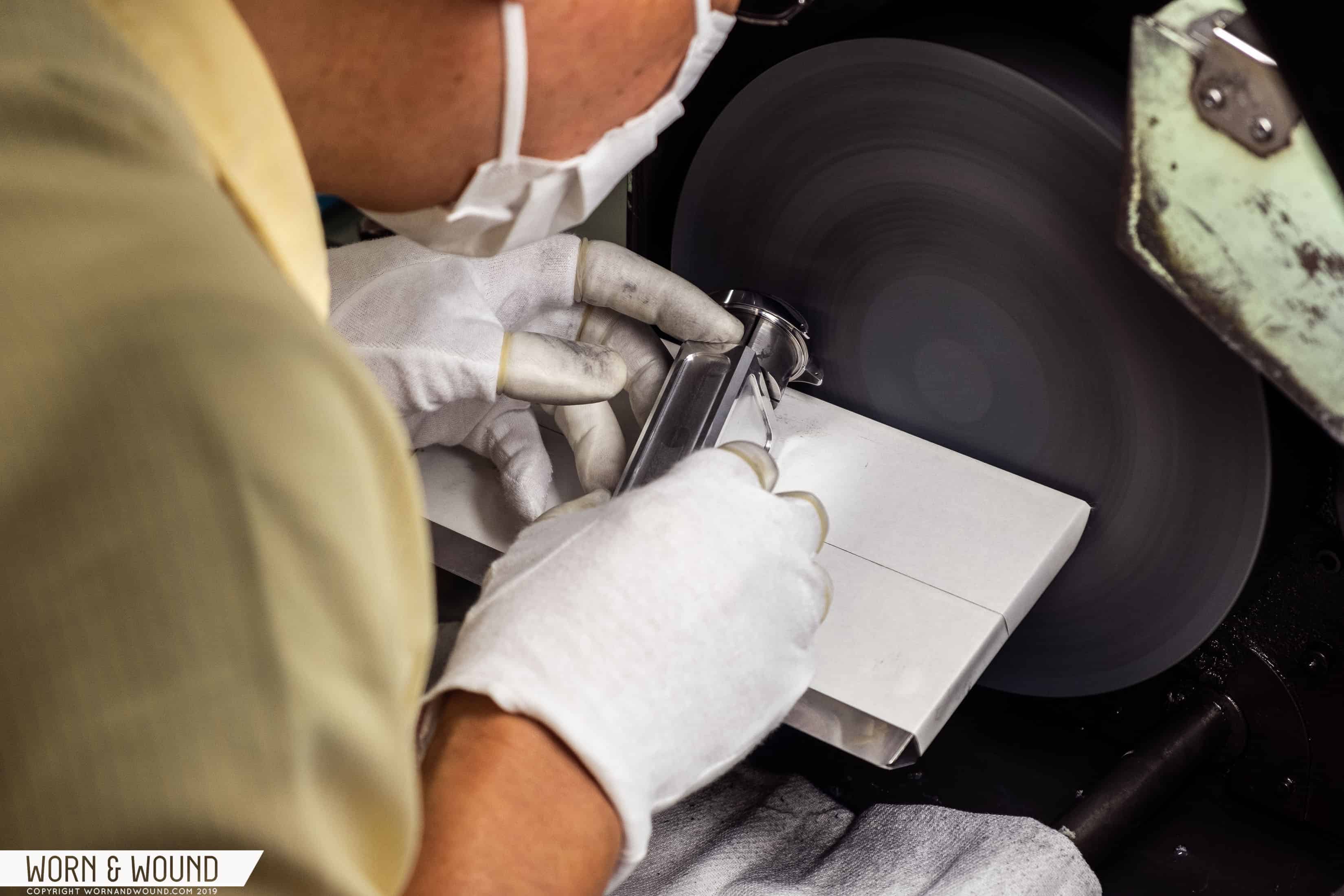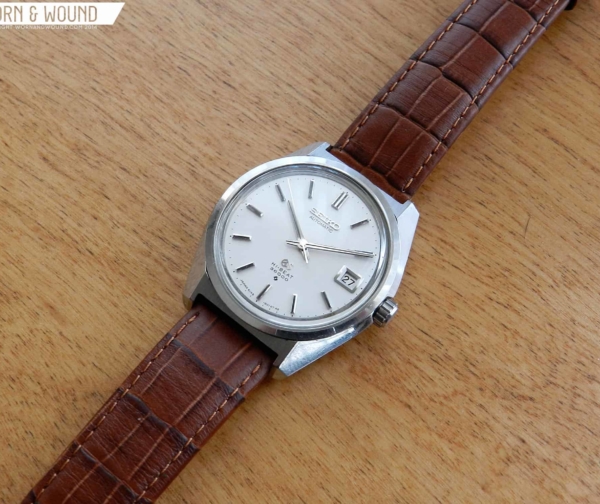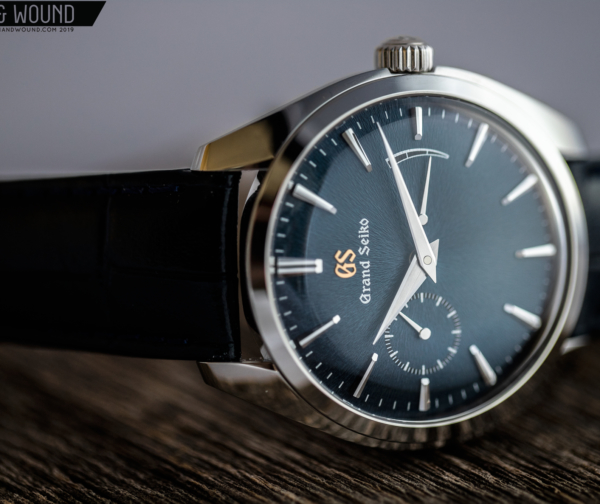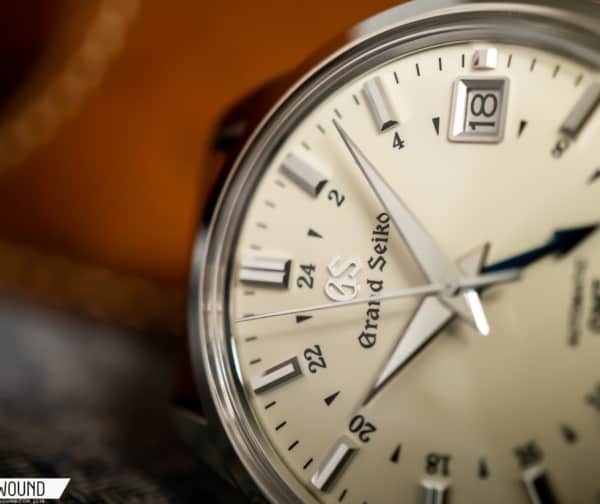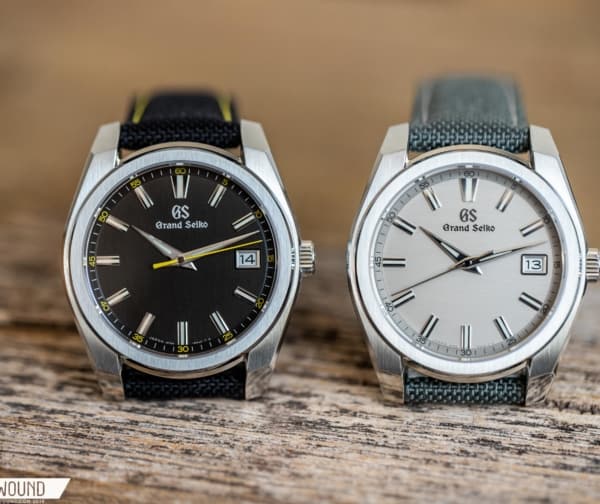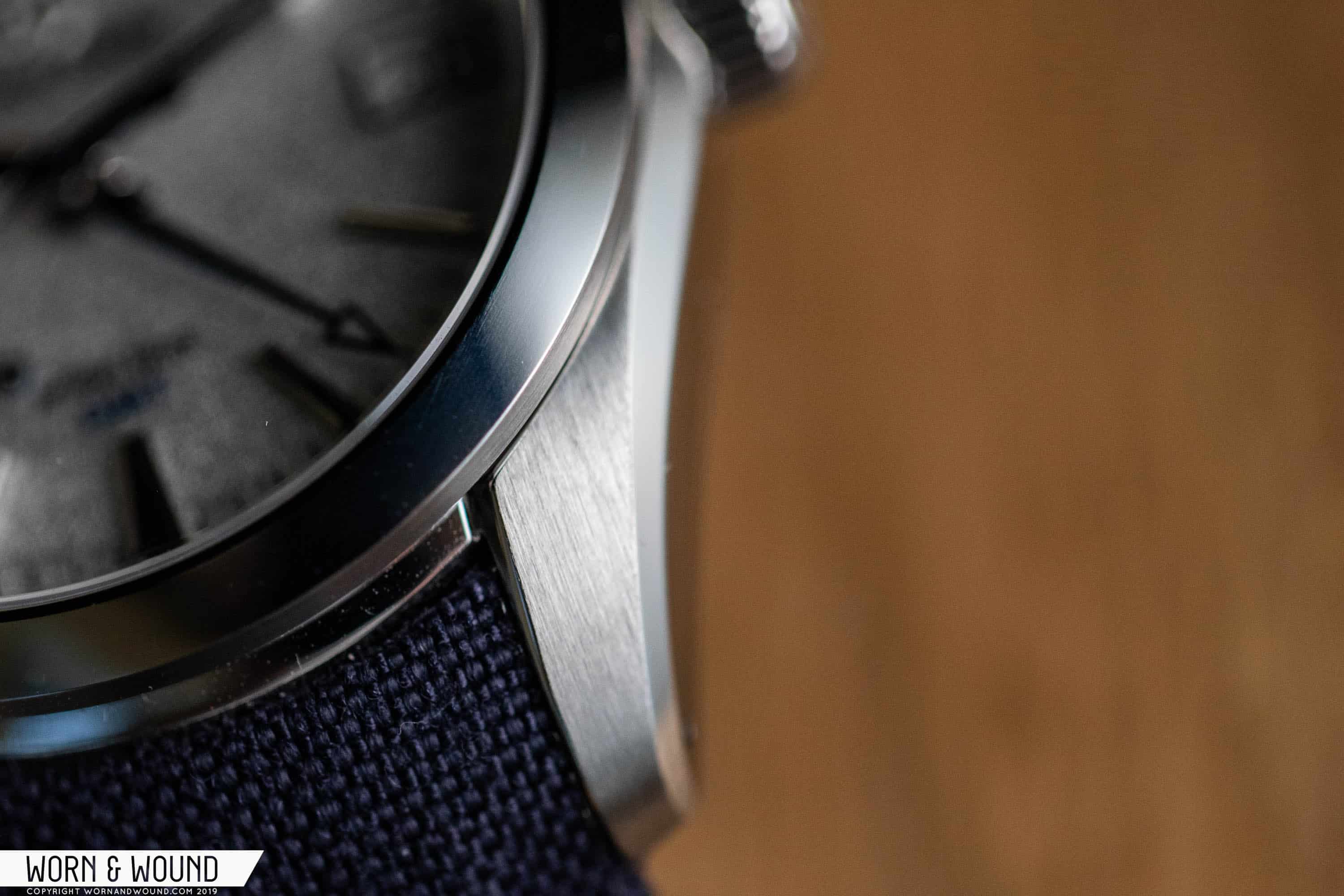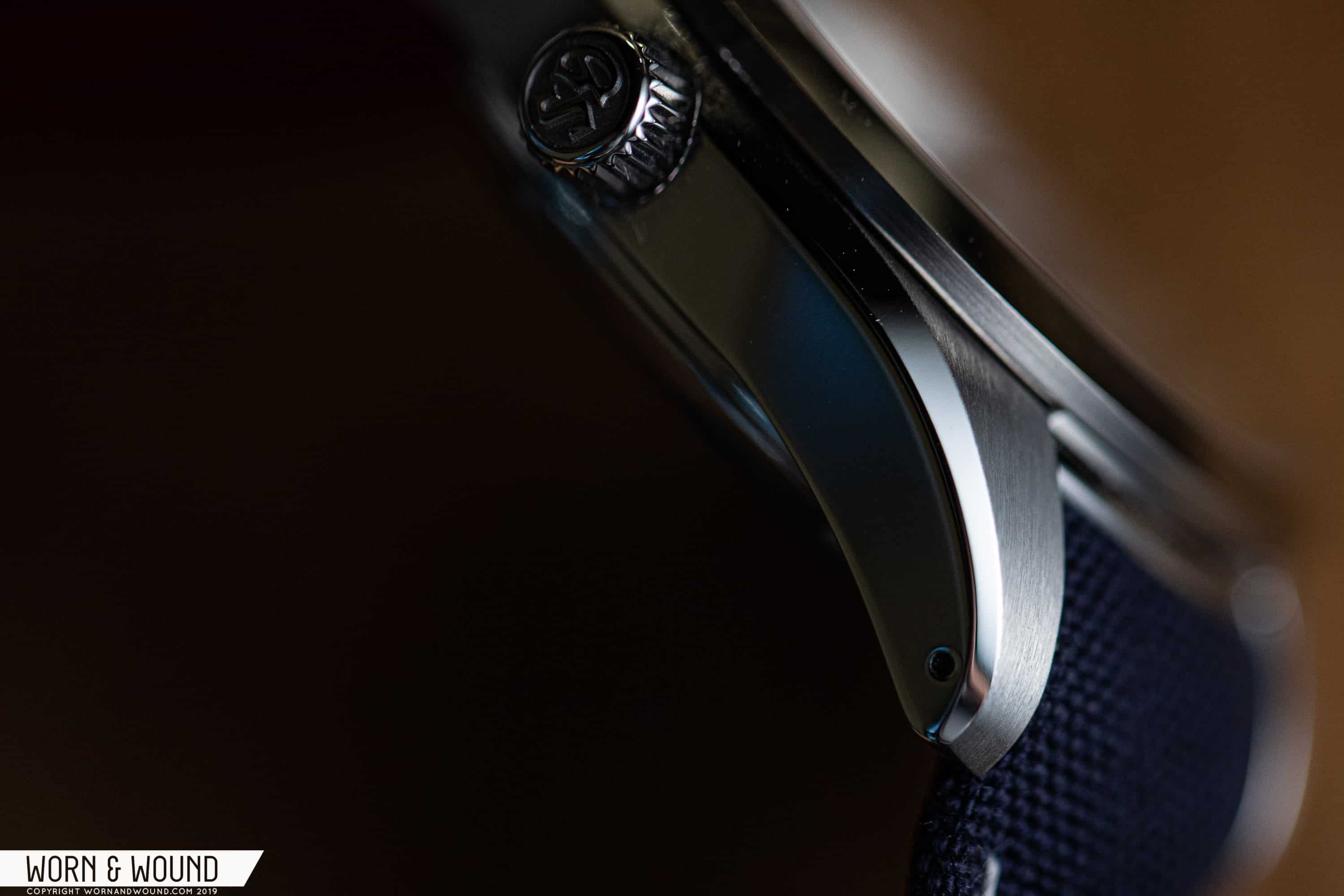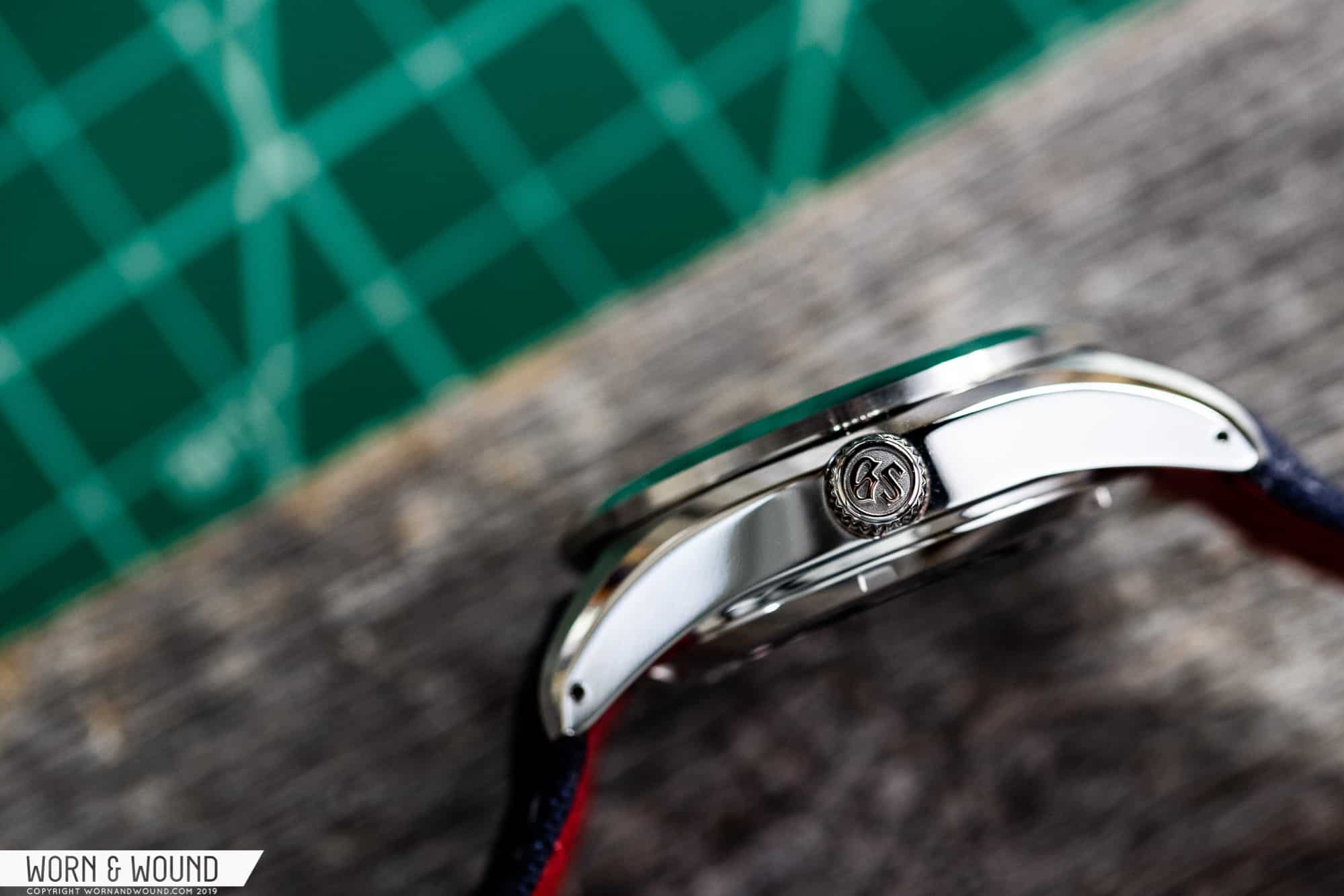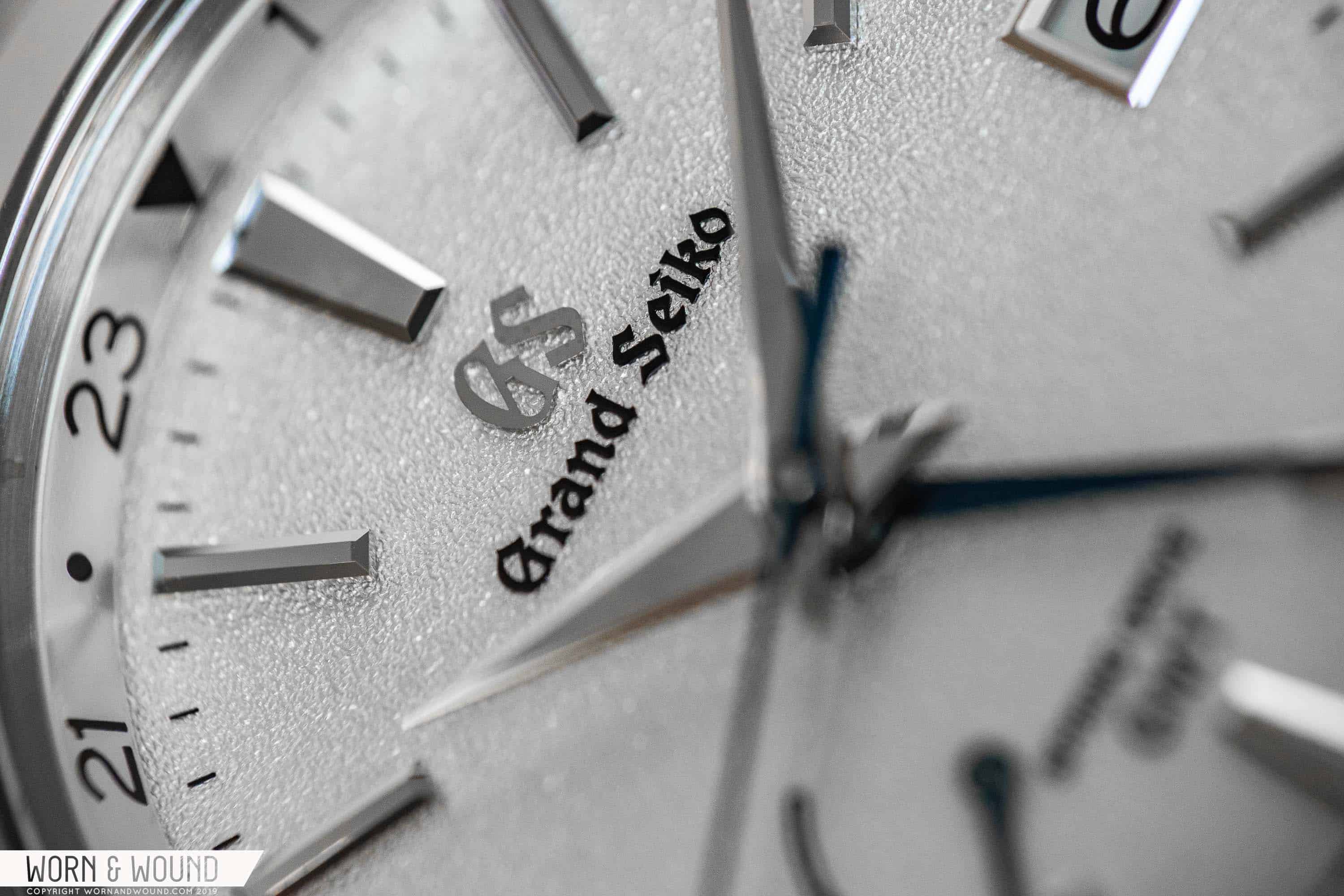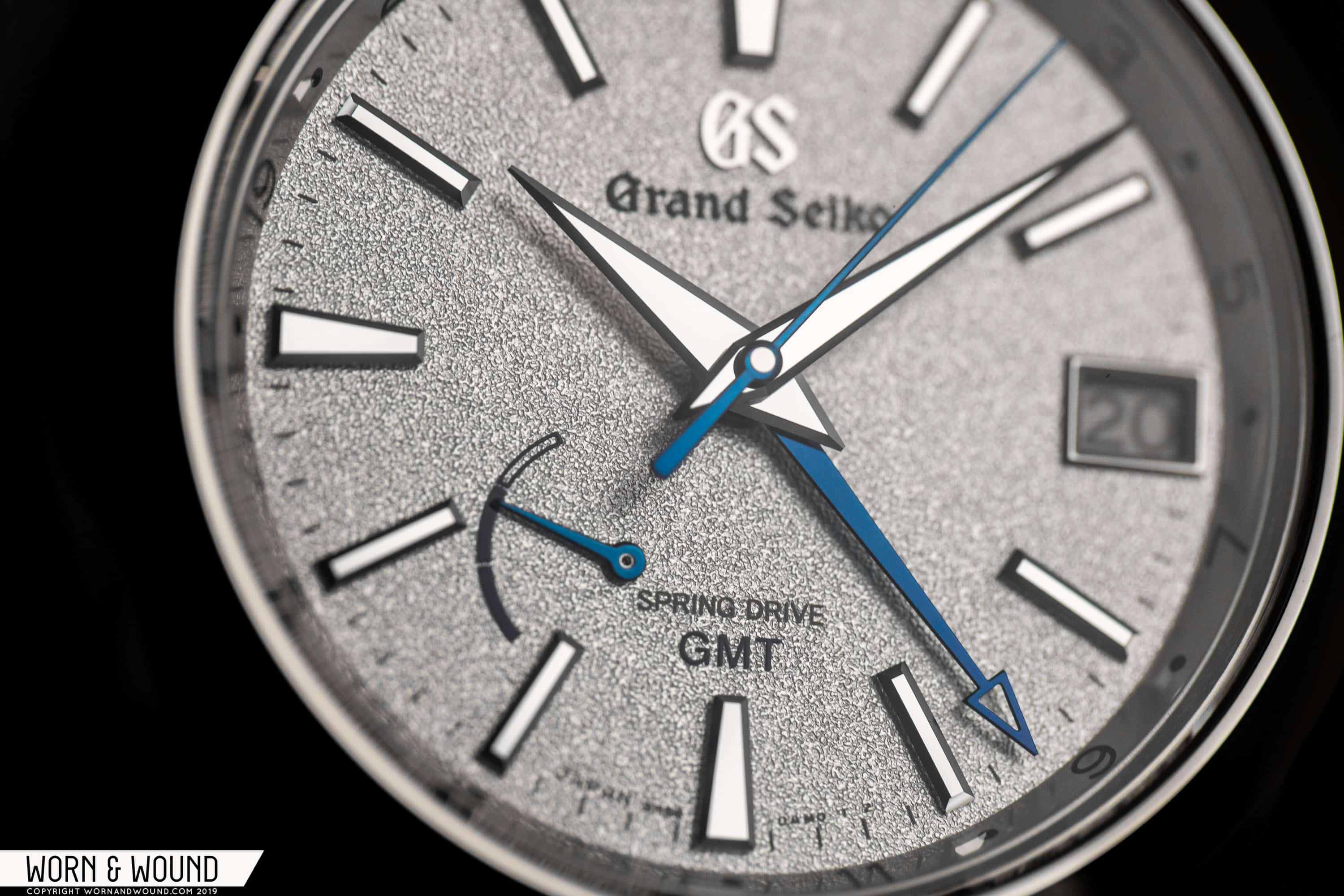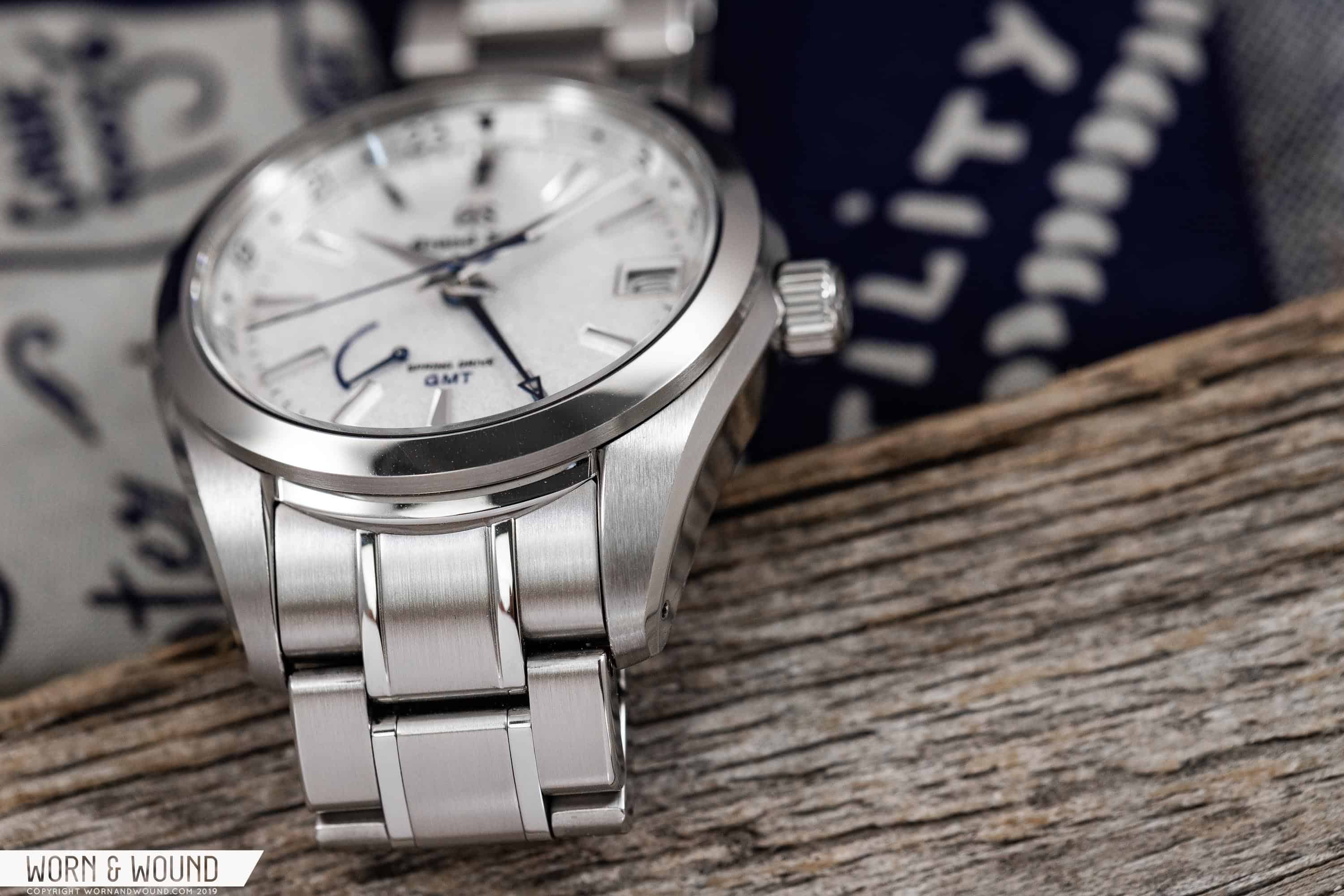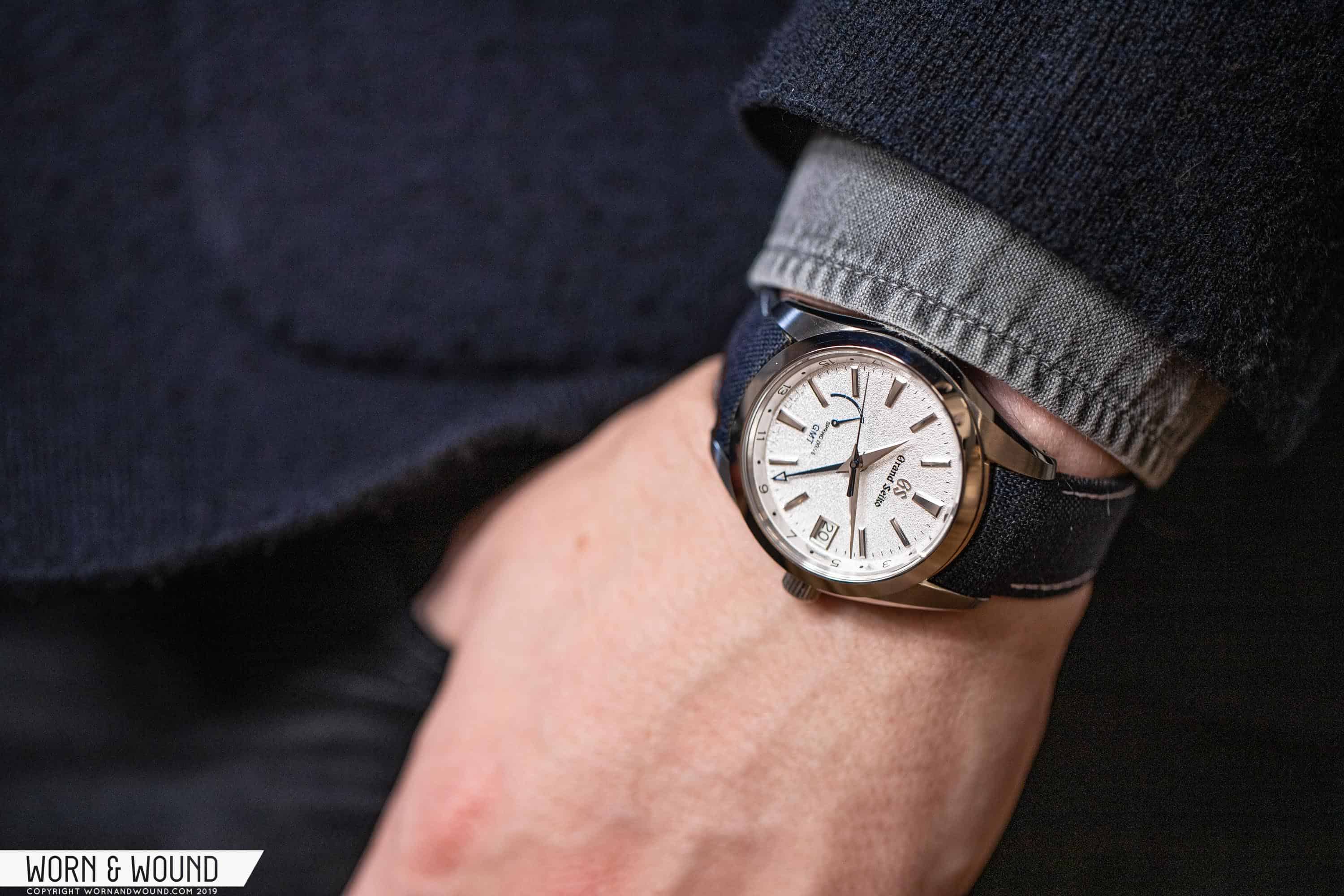I don’t think any brand has had quite the ride that Grand Seiko has been on in the last 10 years. Within that time span, they’ve gone from the equivalent of a horological secret handshake among American enthusiasts, with only the most in-the-know, in-the-know, to something of a mainstream value proposition, fully spun off from their once-parent Seiko into something completely their own. I can’t claim to be among the earliest of adopters, but my first experience handling a Grand Seiko was its own kind of formative experience in my watch enthusiasm. The zaratsu polishing, focus on dial depth (in the literal and figurative sense), and insane detail is a game changer for many once they lay actual eyes on them. And that’s to say nothing of the immense rewards that come with understanding the philosophy behind each of the brand’s key movement categories, and how Grand Seiko is doing something uniquely Japanese that, of course, the Swiss simply can’t.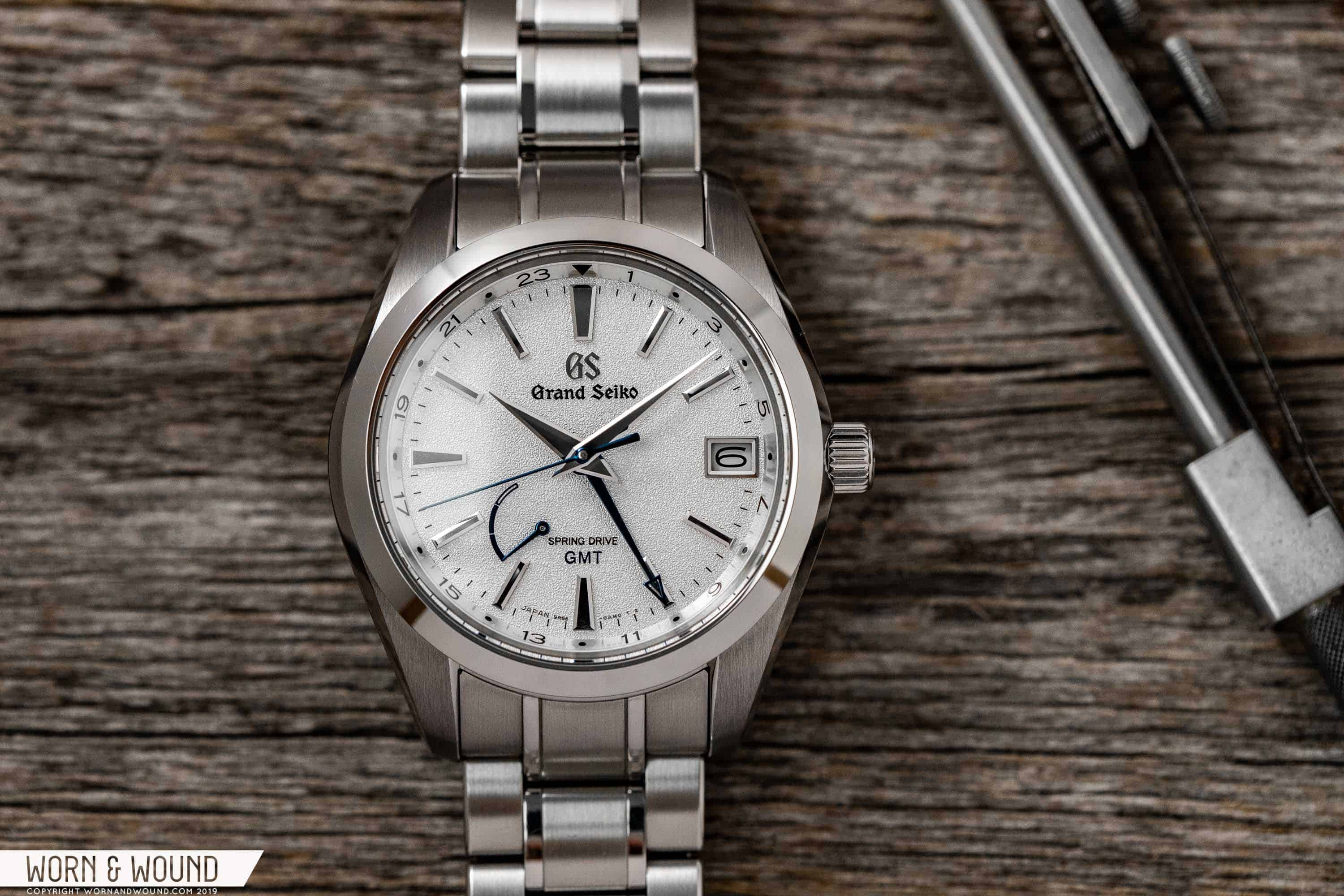
Spring Drive is Grand Seiko’s great parlor trick, and the start of the conversation for many who come to the brand curious about what it has to offer that other brands don’t. The technology, developed over the course of decades, combines a mechanical mainspring and gear train with something Grand Seiko calls a tri-synchro regulator to control timekeeping. Spring Drive movements generate energy like any other mechanical watch, but take advantage of quartz-like regulation at the end of the gear train for accuracy that is unmatched by any other mechanical timepiece.









 Featured Videos
Featured Videos




